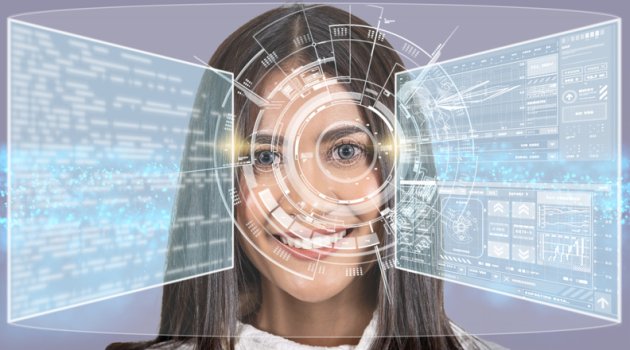K
Kathleen Martin
Guest
When the term ‘Internet of Things’ was first coined perhaps a decade ago, the ‘things’ referred to inanimate objects which could be fitted with sensors to transmit data so they could be managed as part of a wider eco-system.
One of the other outcomes from the COVID-19 pandemic disruptions is that the ‘thing’ in IoT can now often refer to a human. It has opened a new field in proximity tracking to promote social distancing and health and safety in workplaces.
Where we might have become used to the novelty of a football player wearing a tracking device during a game so the fans can learn about their speed and distance traveled, with COVID-19 whole workforces and populations are being tracked in an attempt to understand human density in public places better and manage workplace contact.
It is not simply COVID-19, of course. Location-based marketing is also a significant factor, but in a technology sense, it is not unrelated. Many companies are now sending push notifications to users in-store for promotional offers. The retail and transport industries have also used increasingly sophisticated cameras to understand crowd movement and density for planning purposes.
All of this is giving momentum to what is now called the ‘Indoor Location Market,’ which is now expected to grow at better than a compound 20% in the five years to 2026.
More than 40% of the world’s population now have smartphones, which are also sensors. There are an expanding number of applications powered and enabled by beacons and Bluetooth Low Energy (BLE) tags, the increasing use of beacons in cameras, Light Emitting Diode lighting, at the Point of Sale, and the now ubiquitous QR code. 5G technology is often mentioned in COVID-19 conspiracy theories, but its main benefit lies in enhanced creativity, which can drive these capabilities.
While this pervasiveness has raised issues around data ownership and consumer privacy, some of this has been overlooked in the emergency of the COVID-19 moment. Workers, in particular, are being asked to submit to unprecedented levels of monitoring which is being justified by concerns over health and safety. Many are also agreeing with them.
Continue reading: https://www.cdotrends.com/story/16178/your-next-iot-device-you
One of the other outcomes from the COVID-19 pandemic disruptions is that the ‘thing’ in IoT can now often refer to a human. It has opened a new field in proximity tracking to promote social distancing and health and safety in workplaces.
Where we might have become used to the novelty of a football player wearing a tracking device during a game so the fans can learn about their speed and distance traveled, with COVID-19 whole workforces and populations are being tracked in an attempt to understand human density in public places better and manage workplace contact.
It is not simply COVID-19, of course. Location-based marketing is also a significant factor, but in a technology sense, it is not unrelated. Many companies are now sending push notifications to users in-store for promotional offers. The retail and transport industries have also used increasingly sophisticated cameras to understand crowd movement and density for planning purposes.
All of this is giving momentum to what is now called the ‘Indoor Location Market,’ which is now expected to grow at better than a compound 20% in the five years to 2026.
More than 40% of the world’s population now have smartphones, which are also sensors. There are an expanding number of applications powered and enabled by beacons and Bluetooth Low Energy (BLE) tags, the increasing use of beacons in cameras, Light Emitting Diode lighting, at the Point of Sale, and the now ubiquitous QR code. 5G technology is often mentioned in COVID-19 conspiracy theories, but its main benefit lies in enhanced creativity, which can drive these capabilities.
While this pervasiveness has raised issues around data ownership and consumer privacy, some of this has been overlooked in the emergency of the COVID-19 moment. Workers, in particular, are being asked to submit to unprecedented levels of monitoring which is being justified by concerns over health and safety. Many are also agreeing with them.
Continue reading: https://www.cdotrends.com/story/16178/your-next-iot-device-you

